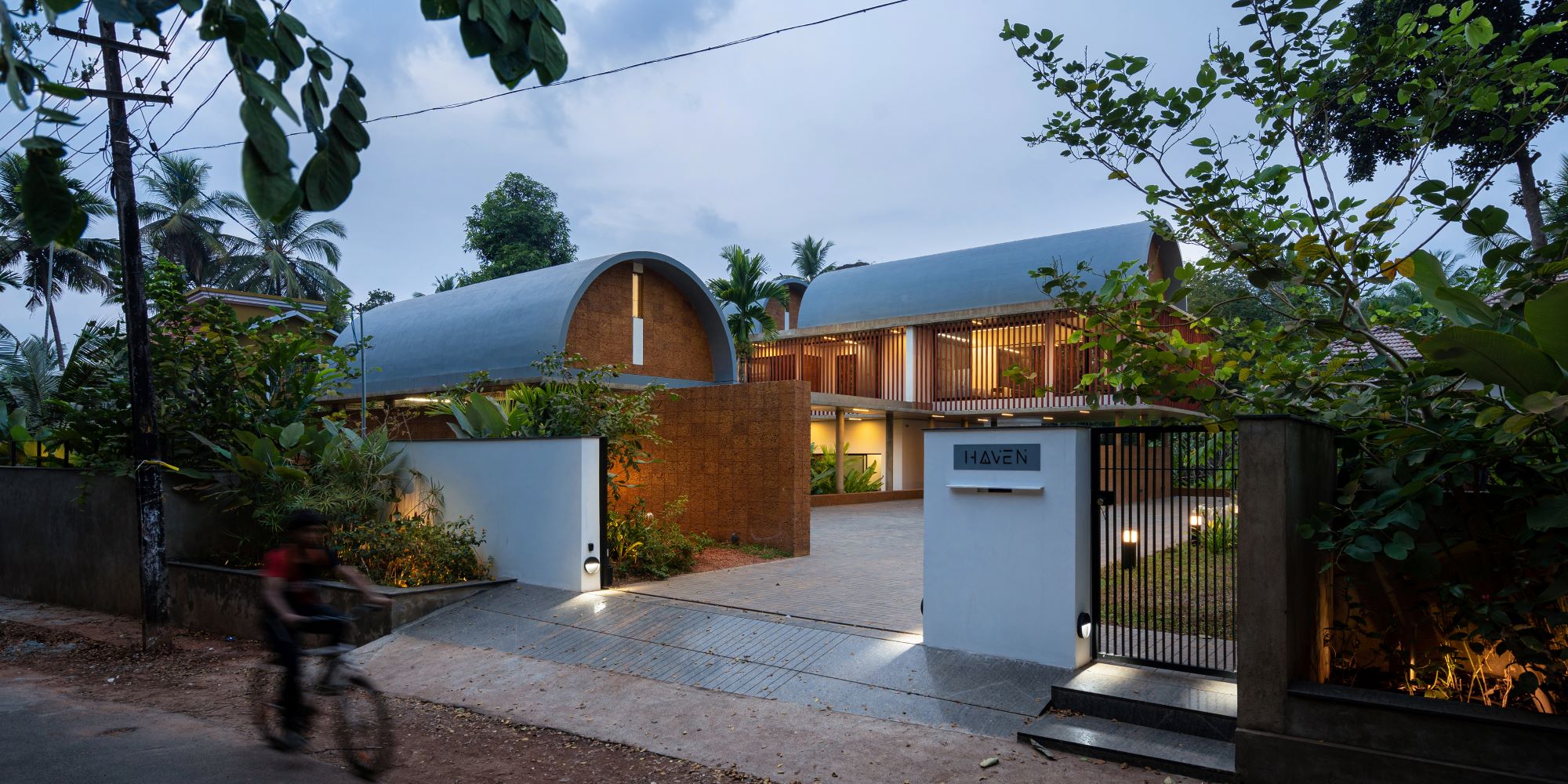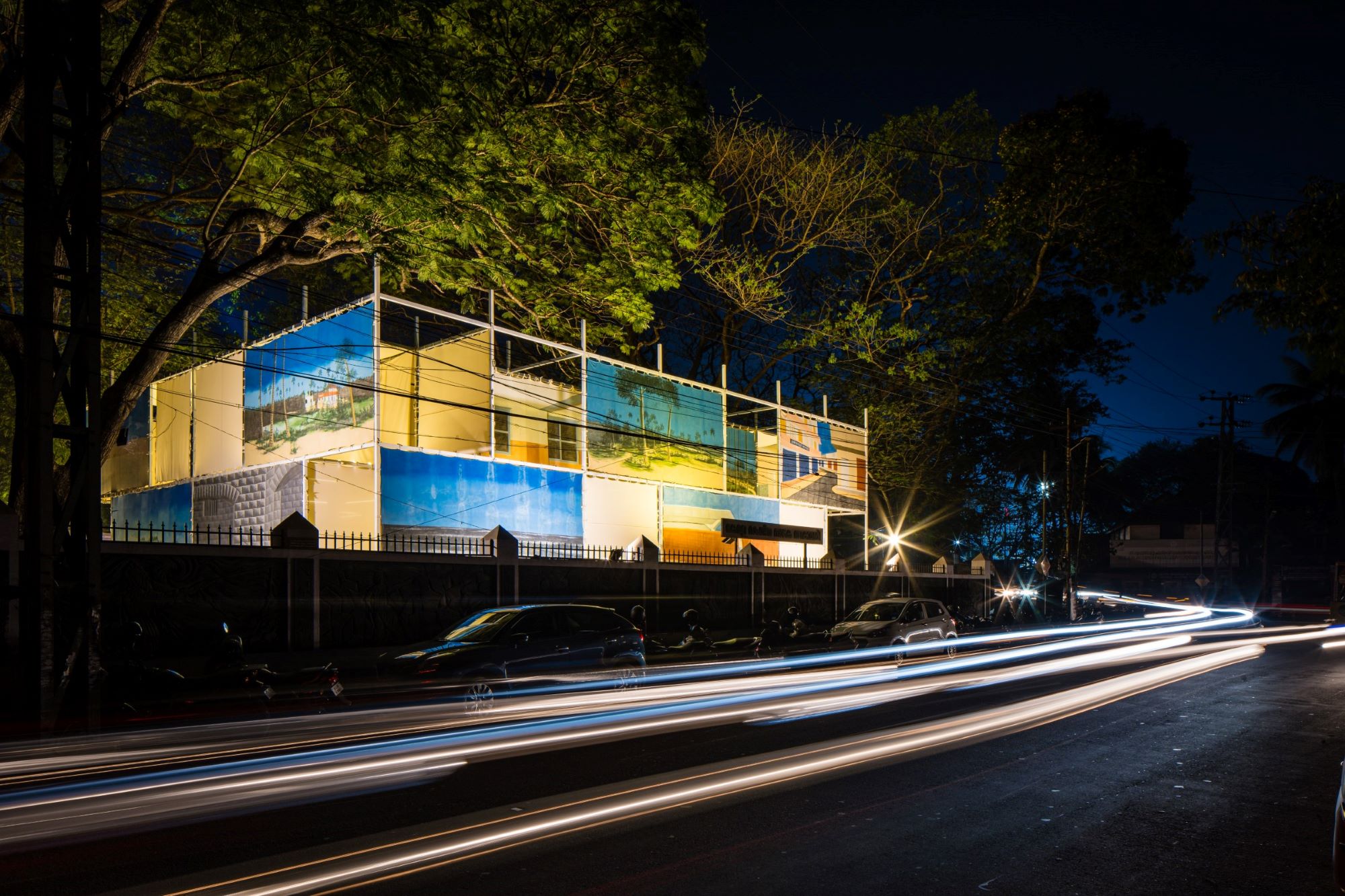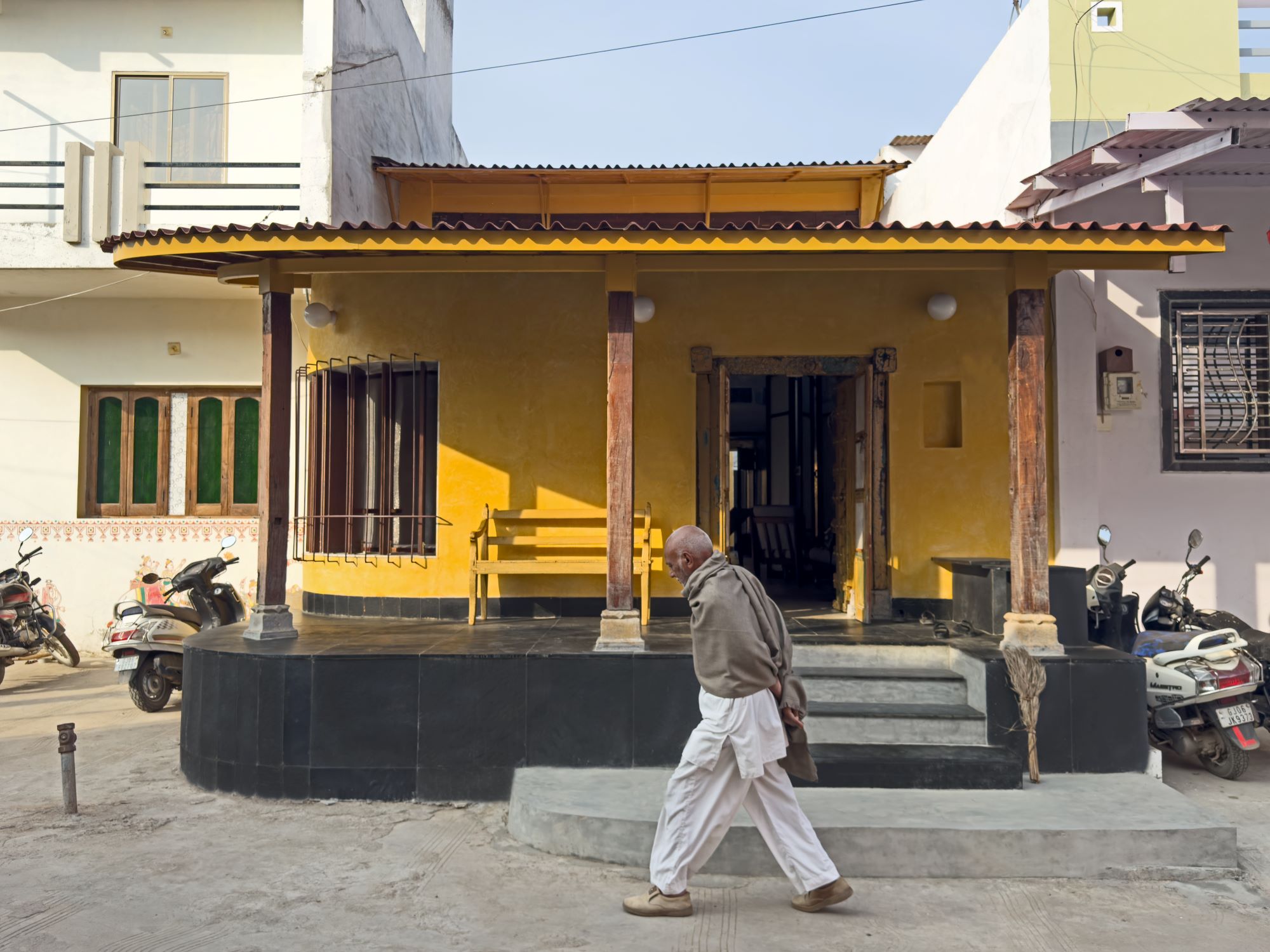Humaniti- A Smart Vertical Community
Humaniti is a uniquely organic place for residents to come home to, with space to work, train, entertain, and socialize in one single hive-like structure.
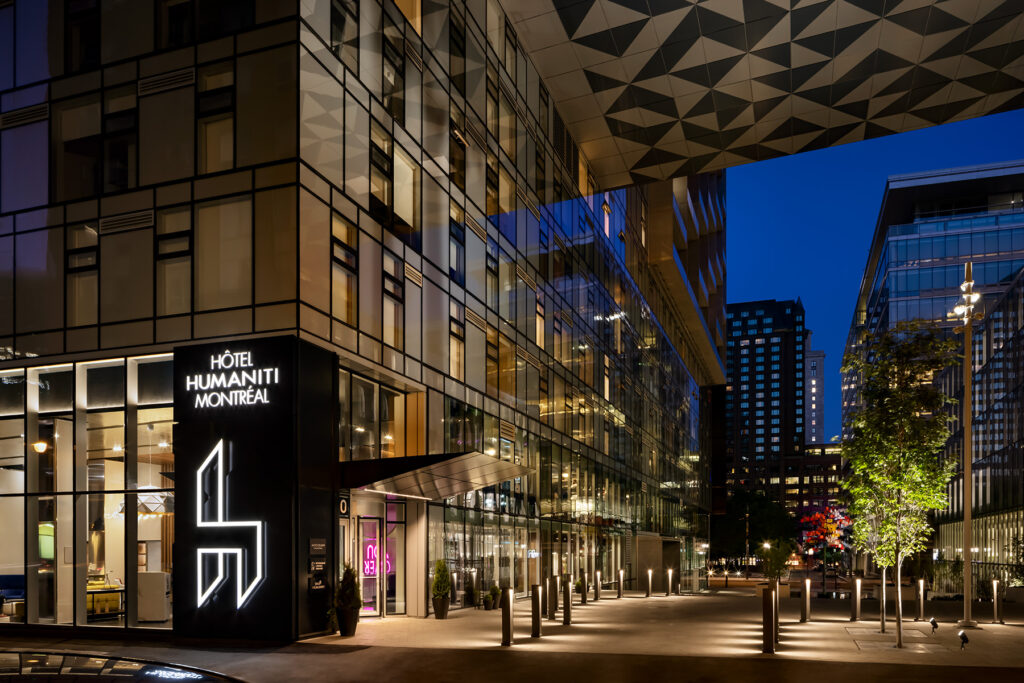
Mixing bold and distinctive architecture with contemporary designs meant to promote well-being and start a dialogue between residents, visitors, and onlookers, it’s been dubbed Montreal’s first smart vertical community for its intermingling of condo and rental units with restaurants, public spaces, boutiques, and one crowning jewel: A world-class hotel spanning 11 floors, which includes reception and meeting areas, a private hall, a spa, and an outdoor swimming pool complete with a lounge bar.
Located in the city’s effervescent Quartier International downtown, right between the historic Old Montreal and the vibrant cultural district of the Quartier des Spectacles, Humaniti’s H-shaped structure is intertwined with its surroundings: A visual extension of the magnificent Place Jean-Paul-Riopelle and its adjacent sculpture La Joute, its own striking stature and artwork visually collaborate to enliven the urban experience.
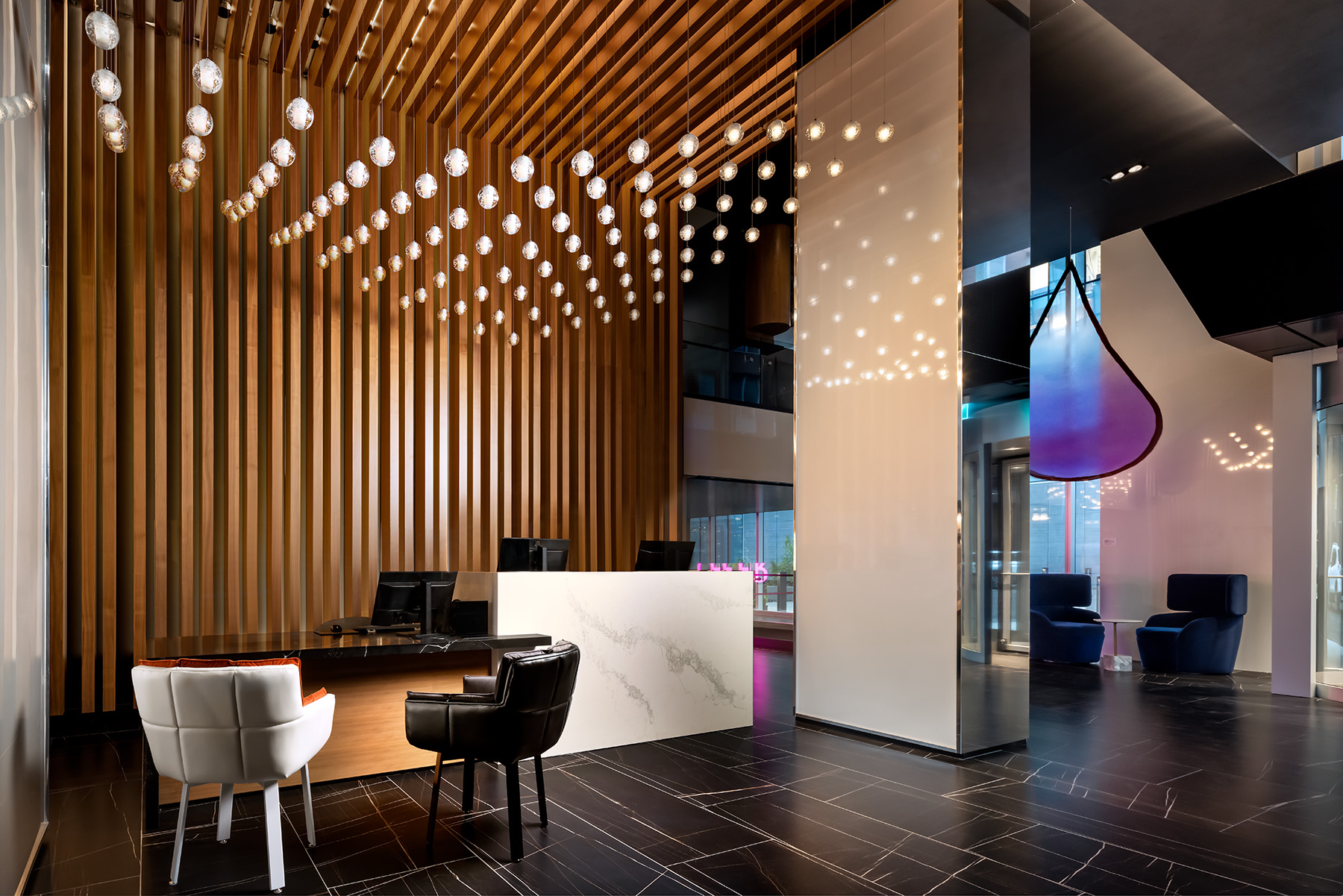
Images
Project Facts
Project Location: Montreal, Canada
Completion Year: 2021
Gross Built Area: 930 000 sq. ft.
Type of project: Hotel/mixed-use
Interior Designer (Humaniti Hotel): Lemay_id
Photo Credits: Brandon Barré









